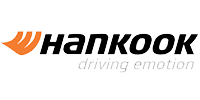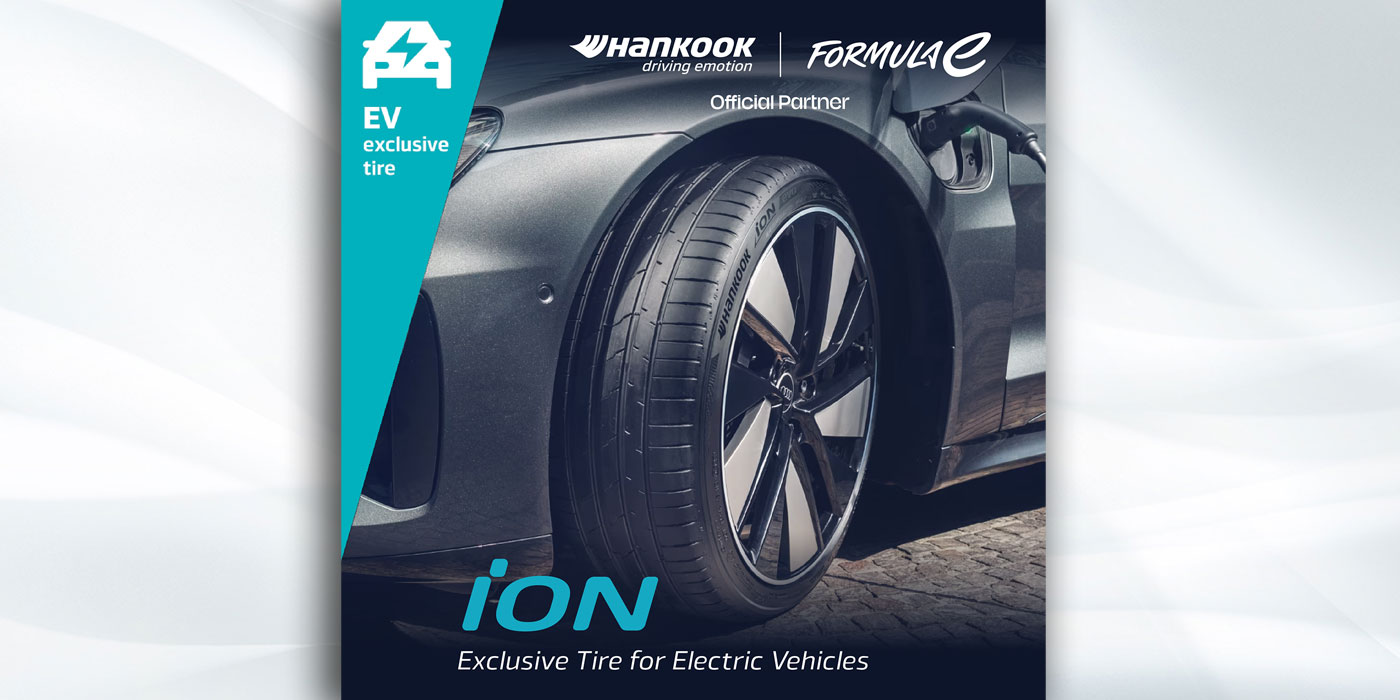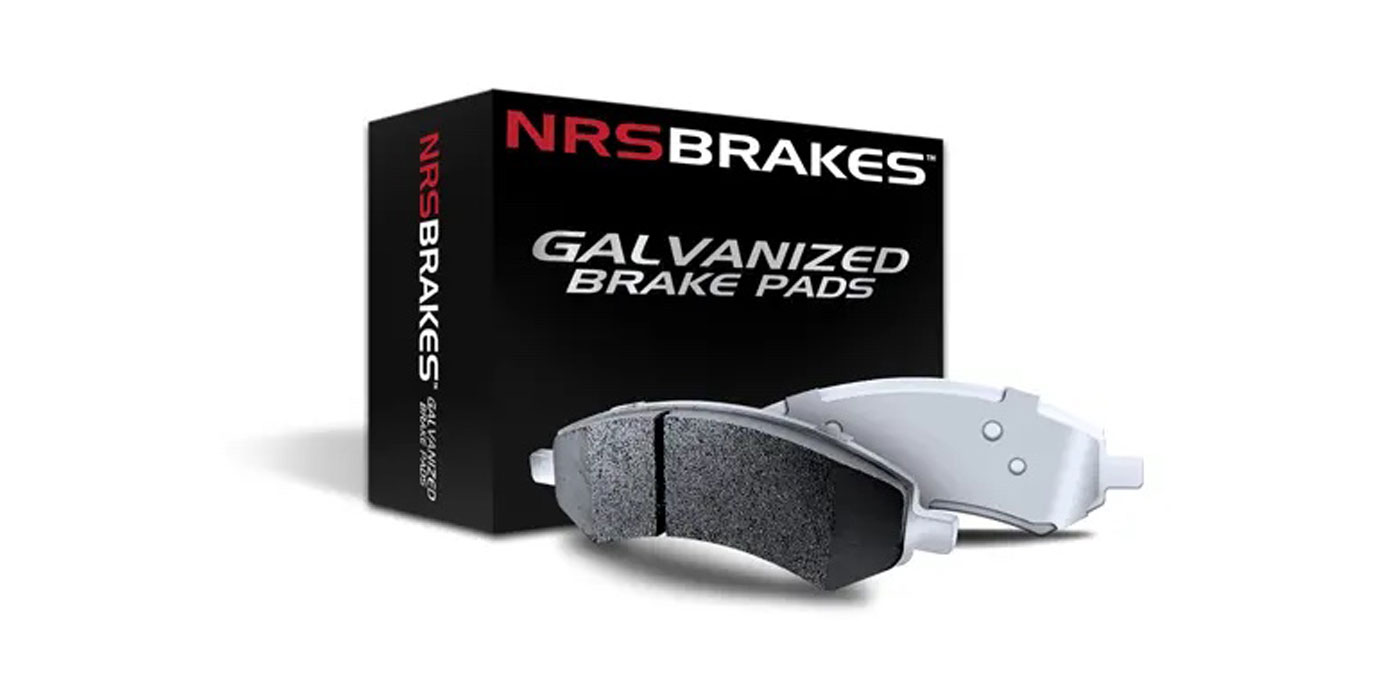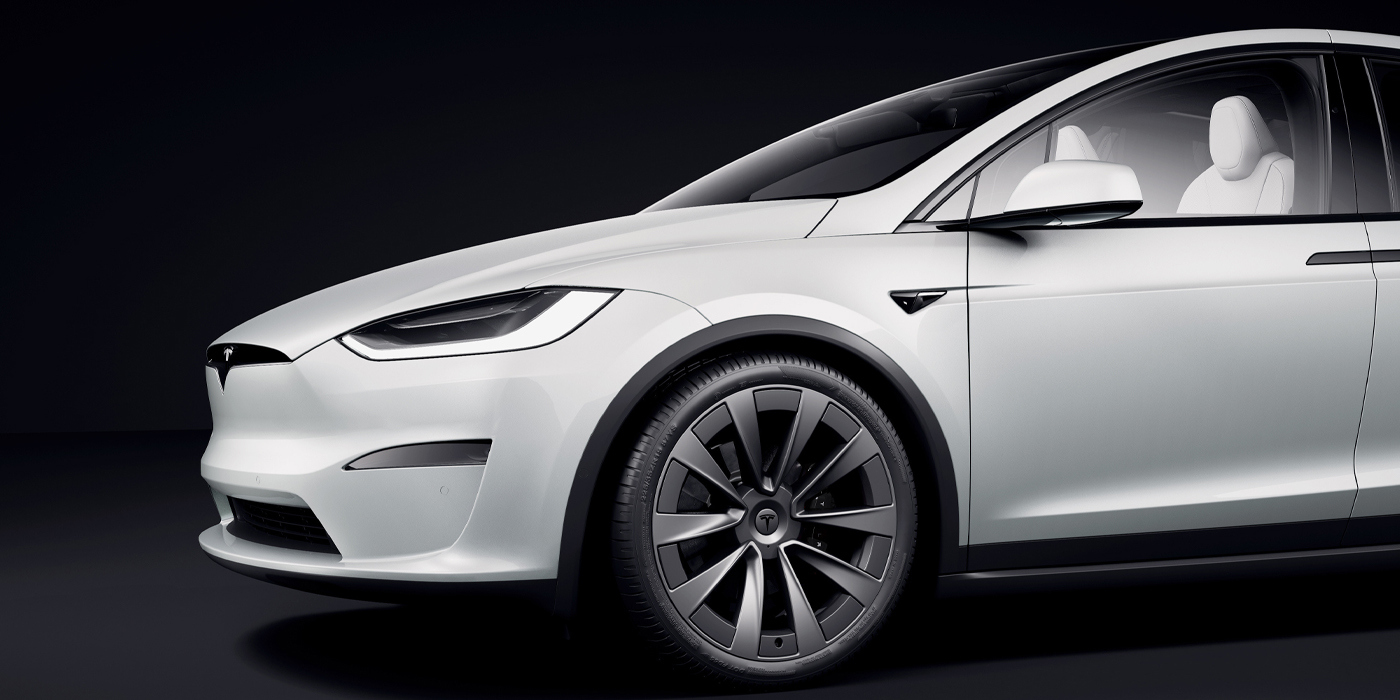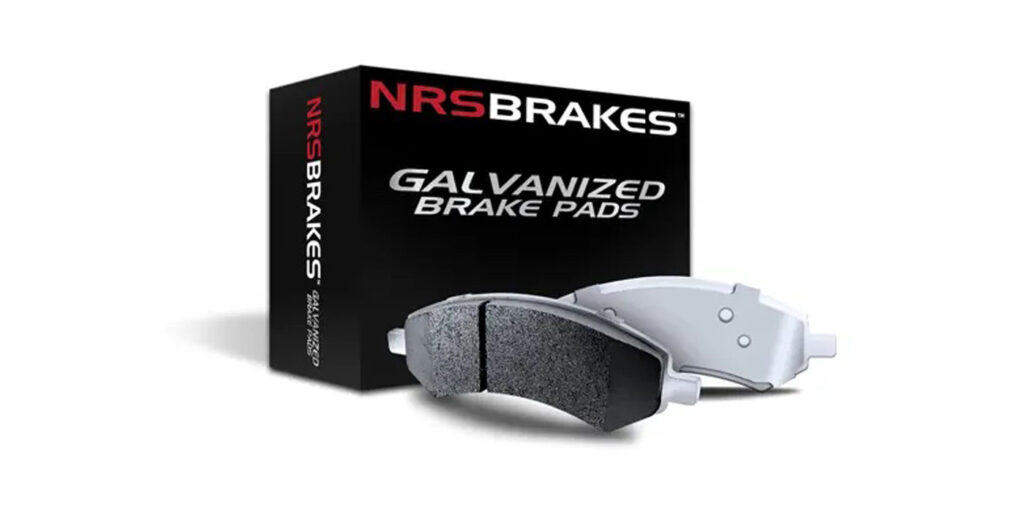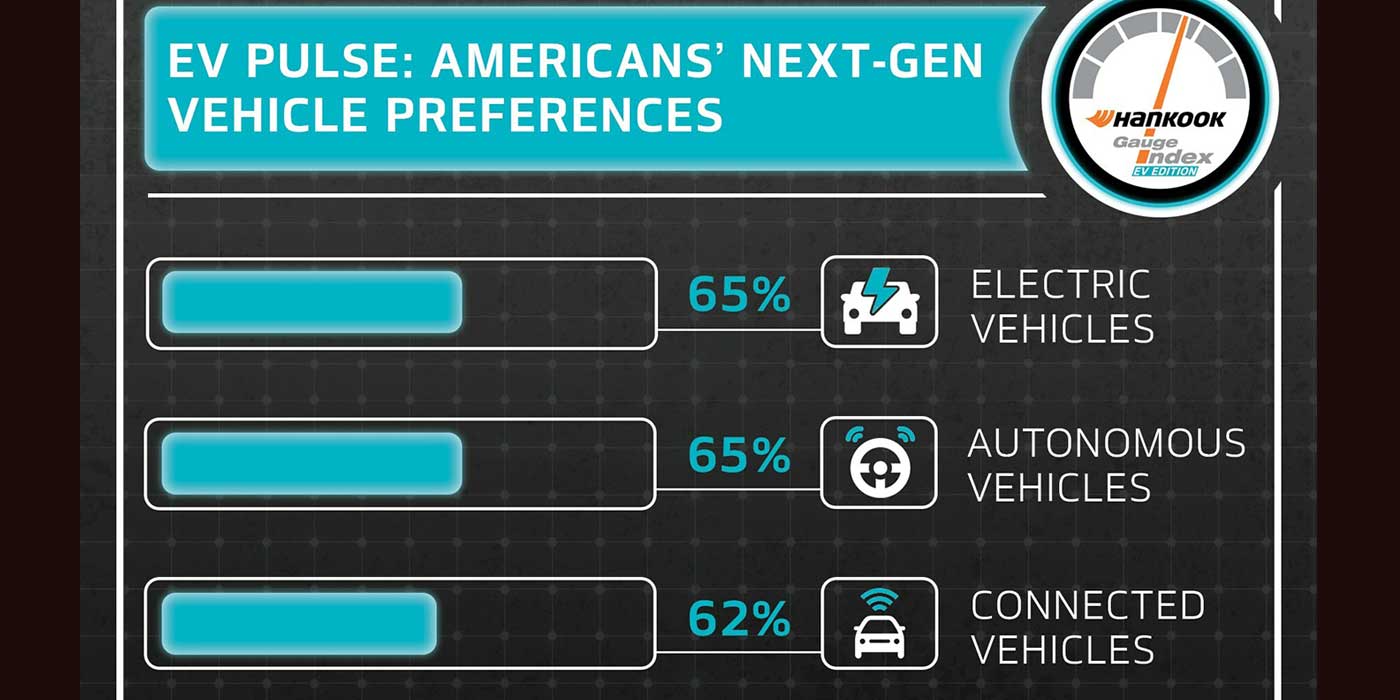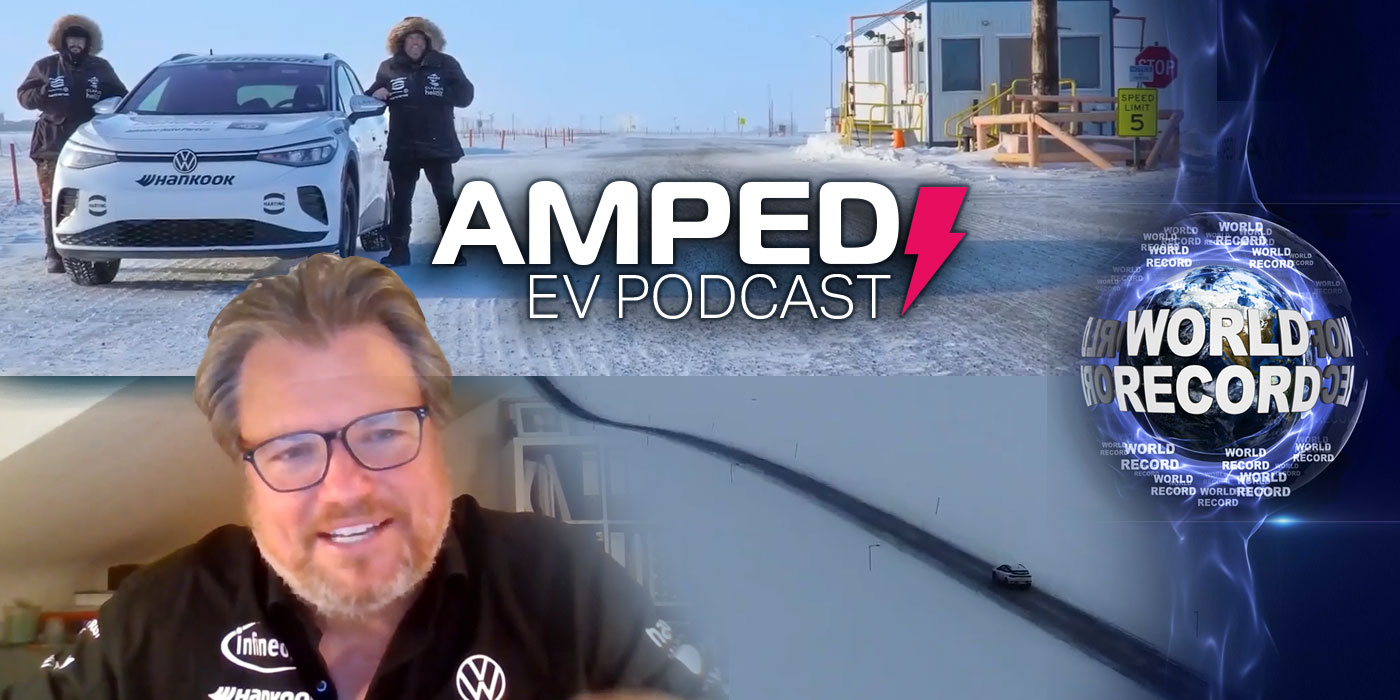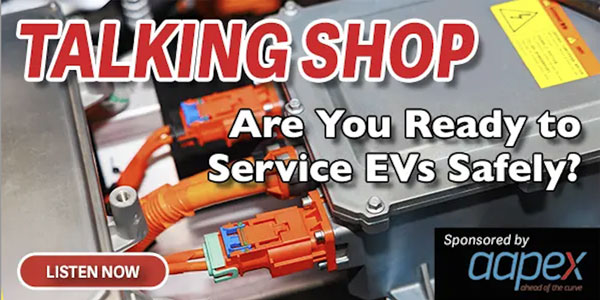Just as manufacturers develop specific tires to suit different driving styles and segments, electric vehicles also need to be outfitted with specific tires to maximize safety and performance.
EVs are at their best when equipped with tires designed to reduce rolling resistance to secure maximum driving distance and minimize charging. However, many of today’s tire manufacturers take their EV tires a step further by designing them to last longer, provide higher levels of driver comfort and maximize the performance attributes of the vehicle.
Here are a few of the ways EV tires are built to handle the unique characteristics of EVs:
Torque
Electric motors generate full torque off the line, resulting in more powerful and faster acceleration. This is why you’ll find EV tires are usually designed with a stiff and wide center rib pattern to reduce potential slippage and abnormal wear. You’ll also find interlocking grooves in the tread pattern to help prevent hydroplaning and compensate for that increase in torque.
Special attention is also given to the compounds used in EV tires to help battle the effects high torque can have on rubber. In the iON evo AS, Hankook uses a compound with a high concentration of silica and other eco-friendly materials to help provide maximum mileage and improved wet performance. The iON evo AS SUV and iON evo AS both come with a 50,000 mileage warranty.
In addition, thanks to the company’s optimized curing technology, rolling resistance is reduced in the iON evo AS to maximize EV range. A tire with a high rolling resistance loses more energy via friction, thus decreasing the efficiency of the battery.
Noise
With no engine noise to distract the driver, conventional tires tend to invite more road noise into the cabin than drivers are used to hearing. This is why EV tire engineers use compounds and construction unique to these tires to deliver the most silent experience possible.
In the iON evo AS, Hankook uses knurling technology inside the tread grooves to reduce tread pattern noise by narrowing the path that air has to travel through. The tire also takes advantage of an optimized multi-pitch sequencing tread pattern, and a noise-absorbing material is even applied within the tire to dampen tire sounds even more.
While EVs can technically be equipped with non-EV-specific tires, doing so will not only cause the tires to wear more quickly but could also rob the driver of many of the benefits that come with owning an EV in the first place.
Of course, tires are always at their best when they are properly inflated. EV drivers who want to get the most life out of their tires should check each month for proper inflation, in addition to inspecting the tires for cuts, cracking or uneven tire wear.
Weight
EV tires are designed to bear the weight of heavier vehicles. Typically, an EV can be expected to be between 25-30% heavier than its internal combustion engine counterpart. As a result, tires designed for EVs often have a high load index.
To help compensate for this extra load, tire manufacturers use more robust, stronger building materials to manufacture EV tires. For example, Hankook Tire’s EV Contour Technology found in the iON evo AS tire increases lateral rigidity by 25% and cornering rigidity by 20% compared to all-season touring tires for internal combustion engine vehicle grip performance.
EV tire tread design is also engineered with this extra weight in mind. Since tires spec’d on an EV wear about 20% faster, manufacturers use tread patterns that will spread the ground pressure more evenly.
Visit our website to find out more about our iON evo AS tire with EV Contour Technology.

